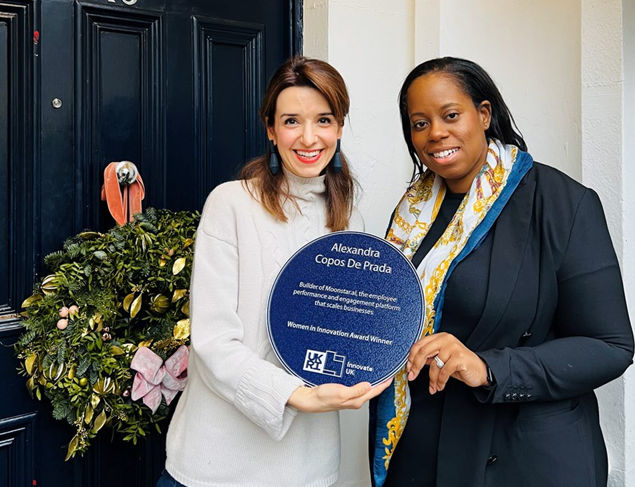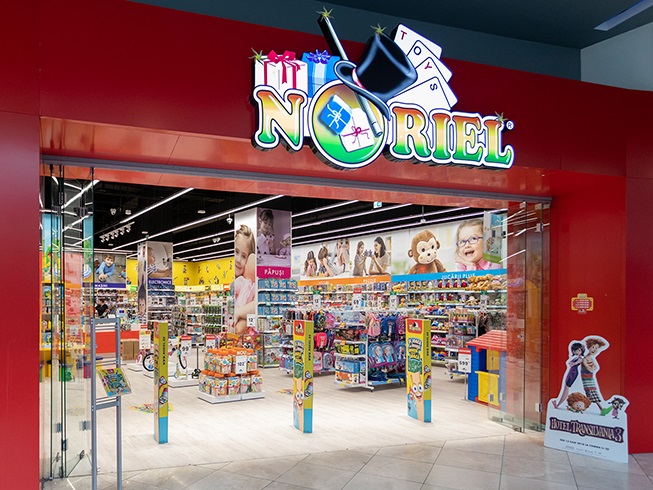Five tips to design learner-centered experiences

Think like a marketer and ignite learners’ engagement
July 22, 2019
Four essential steps to keep participants engaged during meetings
October 15, 2019With so many advancements in information and communication technologies, most L&D professionals view keeping up with them as their biggest challenge. Learning platforms are packed with complex functionalities, ranging from heavy gamification, AI course navigation, instant messaging and news announcements. Courses are long and packed with theoretical information. They are then transposed into heavily animated screens, sometimes aided by games, that promise extra engagement for learners.
But at a closer view, this is not the real challenge in the L&D world. Given that attention spans don’t stretch more than 15 minutes and that learners demand highly relevant content within seconds, the real challenge is to create meaningful and engaging learner-centered experiences.
As a training instructor, the first step in overcoming this challenge is changing your mindset. Or, as Huba and Freed (2000) pointed out, “The design of learner-centered instruction requires a paradigm shift, challenging our beliefs about learning and the role the instructor plays in the process”. This new mindset will impact the way you create and deliver content, engage with learners and assess their performance.
So, how can you create simple and relevant learner-centered experiences? Check out Moonstar’s top 5 tips presented below and put your learner at the heart of everything you create.
1. Know your audience
Quite often, for the sake of convenience, we develop learning experiences based on perceived needs and standardize these across roles and departments. But the pitfalls of the one-size-fits-all approach are prominent. Learners become disengaged as the content doesn’t prove relevant to their roles and experience. Consequently, the training program fails to achieve its purpose. The solution? Conduct a quick training needs assessment by department or role. This will help you understand the company’s needs in terms of development and identify knowledge and skill gaps among employees. Craft an effective survey and check employees’ self assessment on the most relevant skills to achieve company’s goals.
2. Set student-centered learning objectives
Once you identified the training needs, lock in clear, action-oriented learning objectives and success measures that would allow you to assess your learners’ progress. Refrain from traditional learning outcomes that only describe the course content (e.g. “The course will cover selling tips”). Instead, create learner-centered objectives which clearly state what the learner will be able to do by the end of the course. For example, you can say “By the end of this course, you will be able to tailor your selling technique to different client types and needs”. Having such objectives in place will help you assess the impact of your learning program more accurately.
3. First run a pilot program with a few people in the company
Instead of targeting all departments, start small and run a pilot learning program with a well-defined target group. Each group requires continued and sustained effort to craft training materials, secure engagement and track performance. So when you’re spreading too thin, chances are you won’t reach your learning objectives. With a pilot project, you can choose your learner group, test various course formats (audio, video, etc.), examine outcomes and discover unknown variables earlier. Keep your learners close, see how they engage with the content and make small, incremental changes along the way. With time, feedback and the right balance between innovation and creativity, you’ll be able to implement and expand learner-centered experiences to other departments.
4. Rely on personalization and convenience
Designing learner-centered experiences means all learning activities must be relevant for the learner. Personalization will drive the re-skilling revolution. Build content based on company case studies and provide relatable examples. This will help learners to quickly absorb the information presented and put it into practice. Customize each learning material and add a thread of familiarity by embedding the company’s logo, colors or other visual materials. Learners expect timely convenience from their learning experience, hence technology plays a significant role. Use a mobile friendly LXP (Learning Experience Platform) to design and deploy engaging learning journeys and give people the flexibility to learn anywhere, anytime. What’s more, you’ll be able to seed social learning by creating and providing collaboration opportunities and tools on the platform.
5. Exploit the power of internal marketing
Hook your learners from the very beginning and ensure their commitment by developing an impactful engagement campaign. Secure top-level buy-in and ask the CEO to send his words of encouragement to all learners before the kickoff meeting. This can be done through an email or, more effectively, a short video. Organize a memorable kickoff meeting (either online or in person) and make it visible with colorful posters throughout the office. Present the purpose of the learning program, the curriculum and have learners pledge their commitment to the learning journey. Show learners what’s in it for them and deliver small chunks of content in an internal newsletter to stir their curiosity. Identify key informal influencers and early adopters within the company and get them to market this initiative. Include testimonials in the newsletter, since stories like these spark emotions and appeal to your learners’ emotional side.
Learner-centered experiences empower employees to acquire new knowledge more effectively, retain it better and embed it faster into their daily practices. Follow these five steps to encourage exploration among your learners and secure their engagement. This mindset will help you constantly improve the way you design learning experiences.
Go a step further and leverage technology to deliver truly engaging and impactful learning experiences with Moonstar’s Learning Experience Platform and its digital learning content. Take the hassle out of learning!




